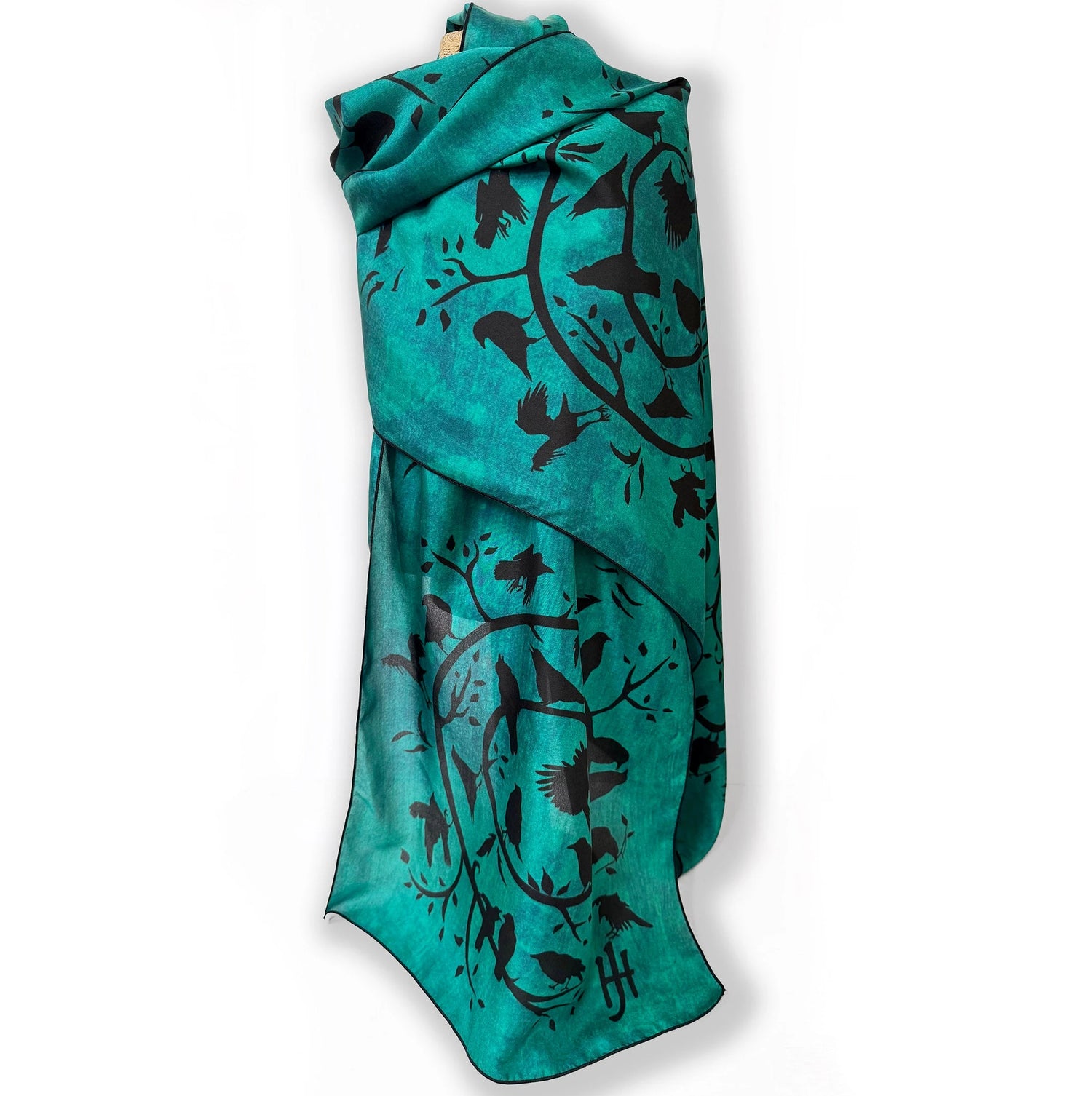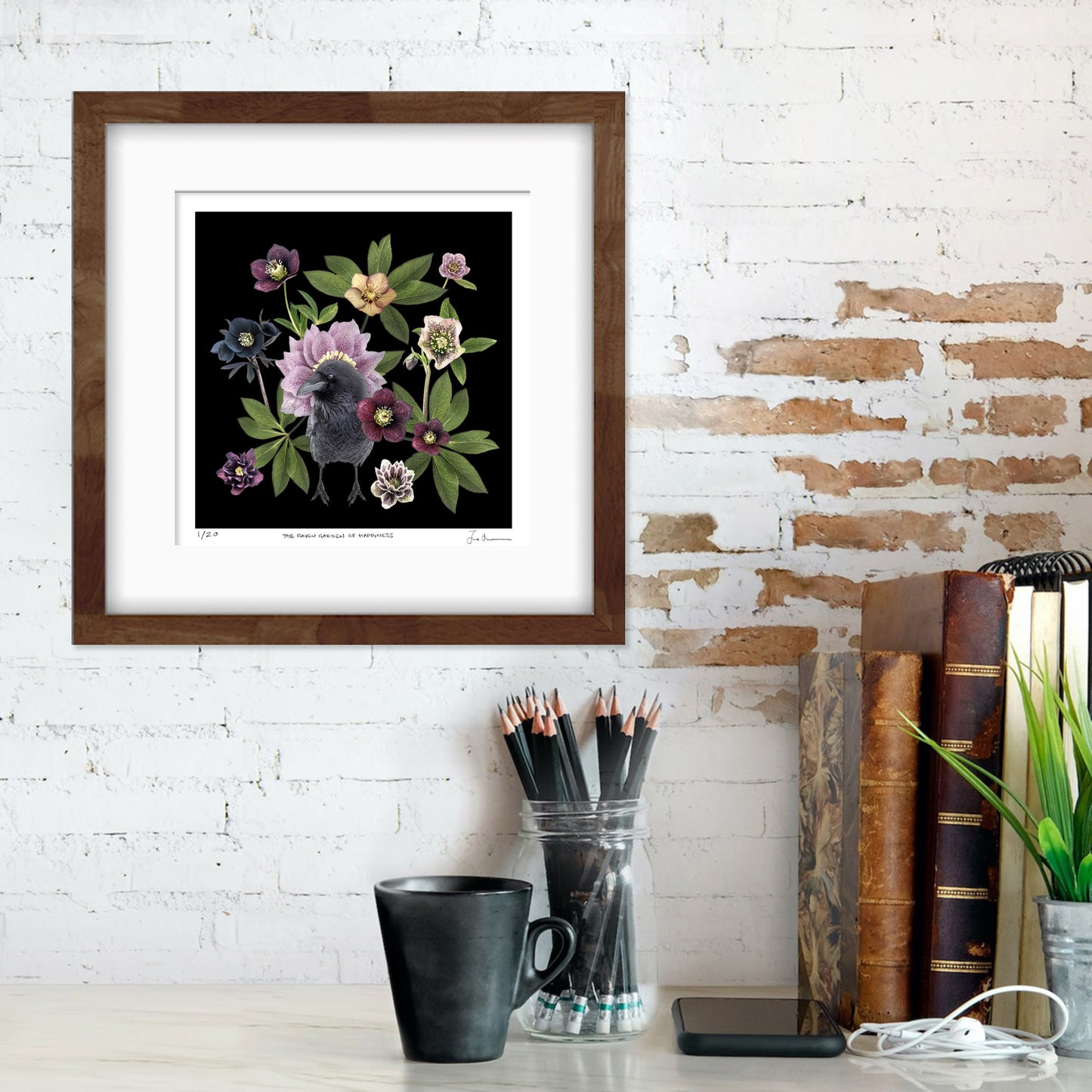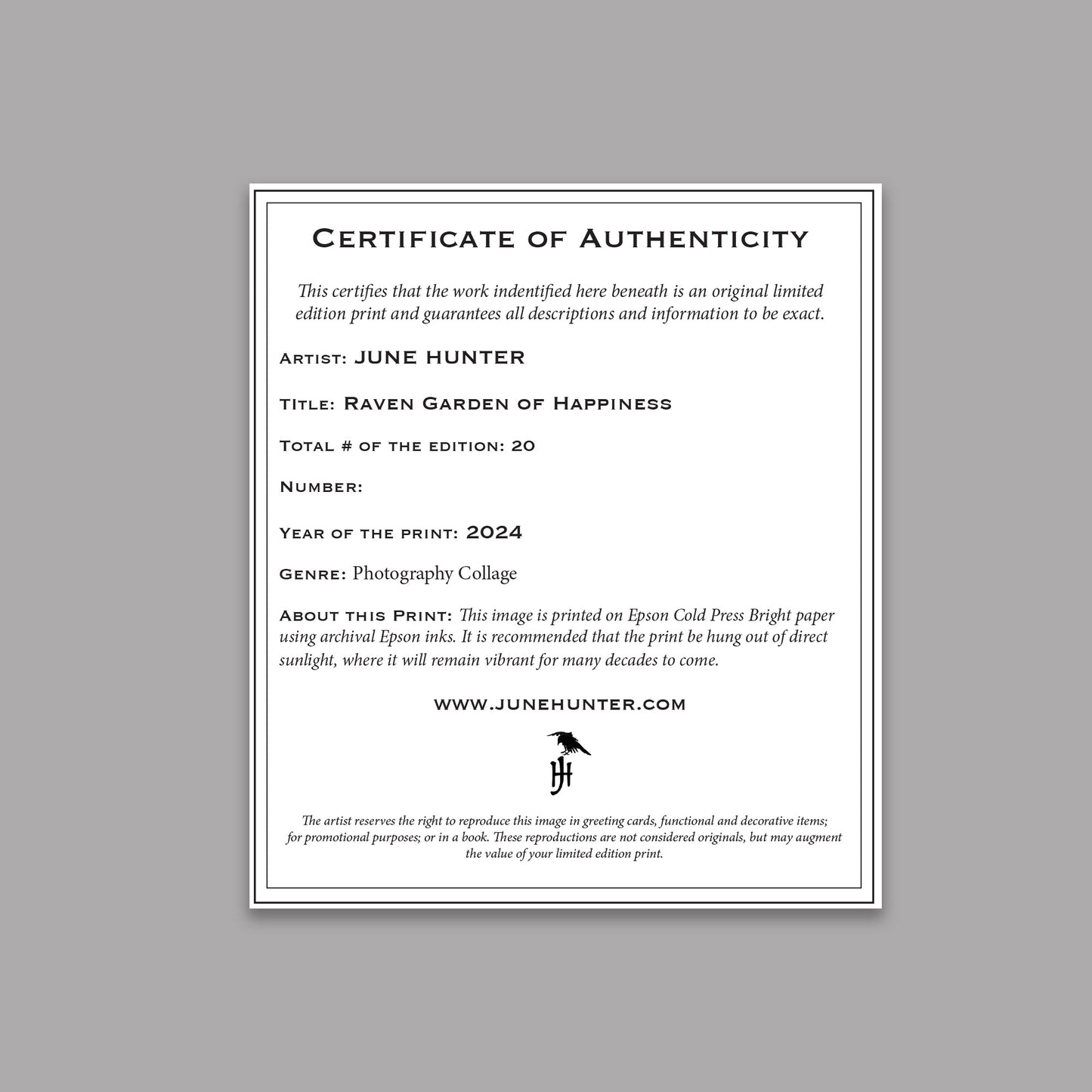Crow Photo Tips

I’ve been meaning to write this post for months … possibly years.
I’m often asked about my photography — what kind of equipment I use, lighting and so on — so I naturally I thought I’d blog about it.
Starting a new post is a bit like deciding the angle from which you will dive into a pool. The first few attempts often end as belly flops.
I began composing an epic, encompassing my personal photographic journey, plus every thought that’s ever crossed my mind about the possible significance of photography.
You will be relieved to hear that it has, after days of literary struggle, been edited down to a more modest offering. Hopefully a cleaner dive.
If you’re in a BIG rush, here’s the Cole’s Notes version:
- Keep everything portable. The best camera is the world is no good to you if you didn’t bring it along because it’s too heavy and/or precious.
- Don’t get bogged down in the technology.
- Flat light is your best friend. There are exceptions to this (and most) rules.
- Photograph subjects that mean something to you, and aim to communicate why it’s special in each image.
EQUIPMENT/TECHNOLOGY
I am utterly hopeless at retaining any kind of technical information. Each and every time I go to reply to someone about what kind of camera and lens I use, I have to go and actually find the camera to have a look at the the numbers on it.

So — this is the camera I use currently. It’s an Olympus micro-four thirds model, the OM-1D EM-1 model, about four or five years old. As you can see, it’s a bit battered, because I just pick it up a take it with me almost every time I head out of the door. It’s been soaked more that once. Last fall it suffered the camera version of a stroke — I took a picture and it made a terrible sound and everything went white. The shutter was stuck open and I had to take it for repair. It’s back in business now, but has never really been the same.
I almost always have my camera on the same setting for my crow photos — fast ISO, big aperture (so the background will be out of focus) and speed as fast as the available light will allow. Since my camera’s brush with death these are the only settings at which it will work properly — so I guess woman and machine have become one.

The lens I use almost exclusively is an Olympus zoom, 75-300mm. It’s not the “best” quality lens by any means. It’s plastic, rather slow, has eccentric focusing habits. It too has also had to be repaired a couple of times. On the plus side, it’s not too heavy and relatively inexpensive, so if it does get terminally injured on a raven-seeking mountain trip in the snow, it’s not the end of the world. I do own an Olympus “pro” lens (40-150mm) and it is unquestionably a superior lens. I use it when photographing close to home, or when I go to the Still Creek roost, because it’s better in low light. But the weight of the thing! And the cost!!

One technical tip — if you have a larger than pocket-sized camera, replace the strap with one like this that allows you to wear it over your shoulder and tuck it behind you when it’s not needed and swing to the front when you do. This one’s a Joby (there are lots of other brands) and the only reason I made this awesome discovery is because I won the strap, and some other gear, in a photography contest a few years back.
LIGHT

A bright sunny day would show this young crow as a black bird. The myriad subtle shades of sepia, indigo and mauve in those lovely immature feathers would be quite lost.
Flat light is what I love the most — those days when there is some high cloud and a weak sun filtering through it. Yes, I am one of those obnoxious people who complain about a long run of hot sunny days. They’re terrible for taking photographs of dark feathered birds — too much deep shadow and burning highlight, and almost impossible to get the subtle detail. In the middle of summer I tend to get up really early to try and get some photographs before the sun is fully up. I always aim for a photograph that looks as if it could have been painted, and diffuse light really is the only way I’ve found to achieve that effect.

Exceptions to the Rule
Bright sunny days are often good for taking interesting corvid silhouette pictures.

SUBJECTS/REASONS
Obviously, crows and ravens are MY subjects, with occasional other birds, and a bit of rust and foliage on the side.
Whatever “your” subject is — fashion, flowers, architecture, slugs, barbed wire fences, kittens, soup tins — just follow it. Set yourself little assignments every day, if you can. Look at the results and see what you like and what you don’t like.
Does the image tell the viewer something specific about the subject, something that conveys the emotion you feel in its presence?
If yes — do more of that.
If no — try something slightly different next time.
The side effect of this process is that you set up a bit of a feedback loop. The more you look at your chosen subject, the more you think about the reasons why you take photos.

Some Reasons to Take Photographs
- to create a periscope up from the choppy (or becalmed) sea of daily life
- to try to stop time from moving on
- to make yourself think more about a subject
- to see that a single subject can look very different from another angle
- to simply record things (many photos I take are just to keep a note of which crow is where and when)
- to try (perhaps over years) to find the truth in something

I consider my work to be a combination of wildlife and portrait, with an emphasis on the latter. My daily struggle is to create images that don’t just tell the viewer what the bird looks like, but also to hint at what is going on behind those glinting, intelligent eyes.
Ultimately, I’d love to create the corvid version of Karsh’s portrait of Winston Churchill.

Failing that, maybe just a few more like this …

Corvid Interpretive Dance, Vol: 1


















